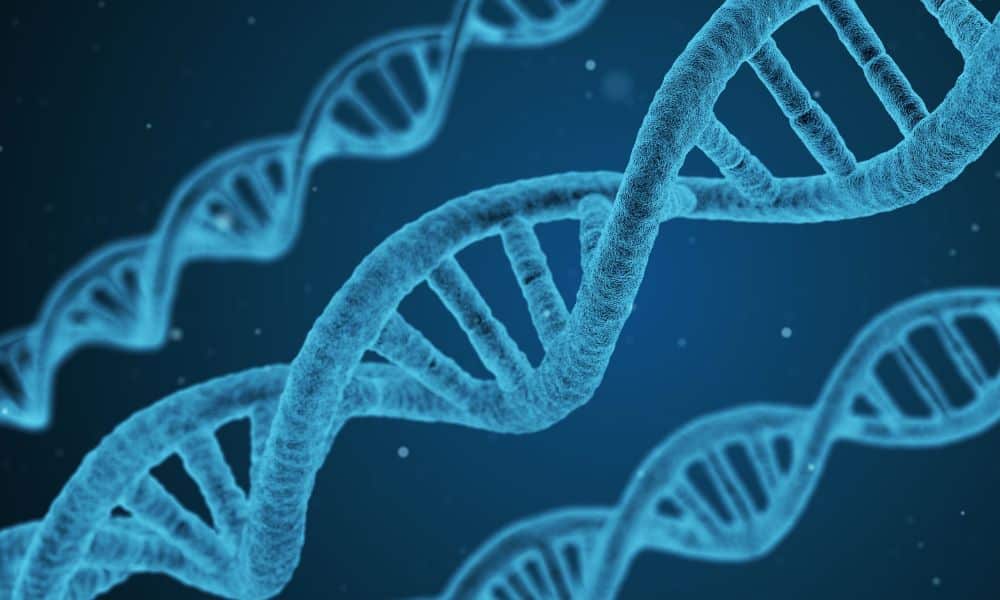When building muscles, you should know the correct energy pathway for fat loss and muscle gains. Much has been said about weights, reps, and sets. Just go to any gym, and most lifters can tell you what they bench, squat, or deadlift.
When lifters talk about working out, they only mention weights, reps, and sets. But rest time is just as important and should be given the same consideration as weights, reps, and sets.
What are the three energy pathways to burn fat and build muscle?
The human body has three energy pathways. There are the ATP-CP, glycolytic, and oxidative energy pathways. The ATP-CP energy pathway is the body’s rocket fuel. It lasts for about 15 seconds. The ATP-CP energy pathway takes about 3 minutes to replenish once used. It is used for powerlifting, jumping, and sprinting. The glycolytic energy pathway is the body’s midrange fuel.
It kicks in around 15 seconds and lasts for about one minute. It takes about thirty seconds to a minute to replenish once used. The glycolytic pathway is used for bodybuilding, working outs, playing, and swimming. The oxidative energy pathway is the body’s long-distance fuel.
Consequently, It kicks in after one minute. Also, the oxidative energy pathway can last for hours when a person is in shape. It does not need to be replenished as long as there is oxygen; it is available.
How do you use the oxidative and glycolytic energy pathways to burn fat and build muscle?
The ATP-CP energy pathway gives you explosiveness and power. The glycolytic energy pathway gives you defined and developed muscles. The oxidative energy pathway gives you endurance and burns body fat for energy.
Each energy pathway is independent of the others. Developing power with the ATP-CP energy pathway does not develop endurance or muscles. To improve strength, endurance, or muscles, you must access the energy pathway that makes that characteristic possible. All these things also can be done with work out at home.
How to understand the energy pathways to burn fat, build muscle, and power.
It is possible to stay in one energy pathway or not access the energy pathway to burn fat, build muscle, or power. The energy pathways have two key time factors that must be reached. The first is how much time it takes to deplete the energy pathway. The second is how much time it takes to replenish the energy pathway.
The reps and weight address the first factor. It is the rest time that addresses the second time factor. If you rest too long, you will find yourself stuck in the ATP-CP energy pathway. Consequently, If your rest is too short, you will find yourself stuck in the oxidative pathway. If you are looking to build muscle, you must hit the sweet spot and rest 30 seconds to a minute.
In conclusion, a stopwatch is the best approach to use the glycolytic and oxidative energy pathways to build muscle and burn fat.
A clock makes sure that your lifts are based upon your ability and not extra rest time. It also keeps you in the same energy pathway during your entire workout. Once you know what your goals are, then choose the energy pathway that gets you there.
The most important thing is to use the time to access the correct energy pathway and to use the time to allow the energy pathway to replenish after you have exhausted it. The best pathway to burn belly fat is the oxidative energy pathway, and the best pathway to build muscle is the glycolytic energy pathway.




